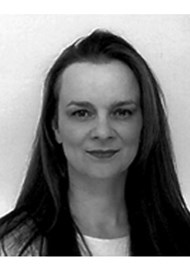A retrospective study was performed of 196 children with single suture craniosynostosis (SSC) and 186 children without. Infants were excluded if premature, major medical or neurological problems, if they had three or more extracranial minor malformations, or major malformations. Control infants had no known craniofacial condition and were similar in age, sex, socioeconomic status and ethnicity to cases. Photographs of the frontal view of children’s faces as infants, and at 18 and 36 months were rated by eight lay people. Raters were told that the study focused on facial attractiveness in young children. They were blinded to the population being studied, and were asked to rate photographs from one (highly unattractive) to seven (highly attractive). Linear regression was used to compare appearance ratings for the two groups at each visit and to evaluate changes over time. Regression analyses were used to examine the association between age at surgery and appearance ratings. Problems with the study include difficulty in obtaining usable photographs of all children at all three time points: 75 controls and 94 cases had photographs for each of the three visits. Of the eight raters recruited, six remained at time three of the study. The numbers of each craniosynostosis subtype were small (83 sagittal, 51 metopic, 49 unicoronal, 10 lambdoid) and three patients were excluded. Children with SSC received lower appearance ratings than unaffected controls at each visit (all P<0.001). Appearance ratings decreased over time, with a similar trajectory for children with and without SSC. Among cases, those with unicoronal and lambdoid synostosis had the lowest ratings, and those with sagittal synostosis had the highest. Age at surgery was inversely associated with appearance ratings. Children with SSC received lower appearance ratings than unaffected controls, with minimal change after surgery. Better outcomes were associated with earlier surgery. These findings suggest that appearance does not fully ‘normalise’ by 36 months. This was not intended as a surgical outcome study and surgical data was not collected for all participants, so different techniques could not be compared.




